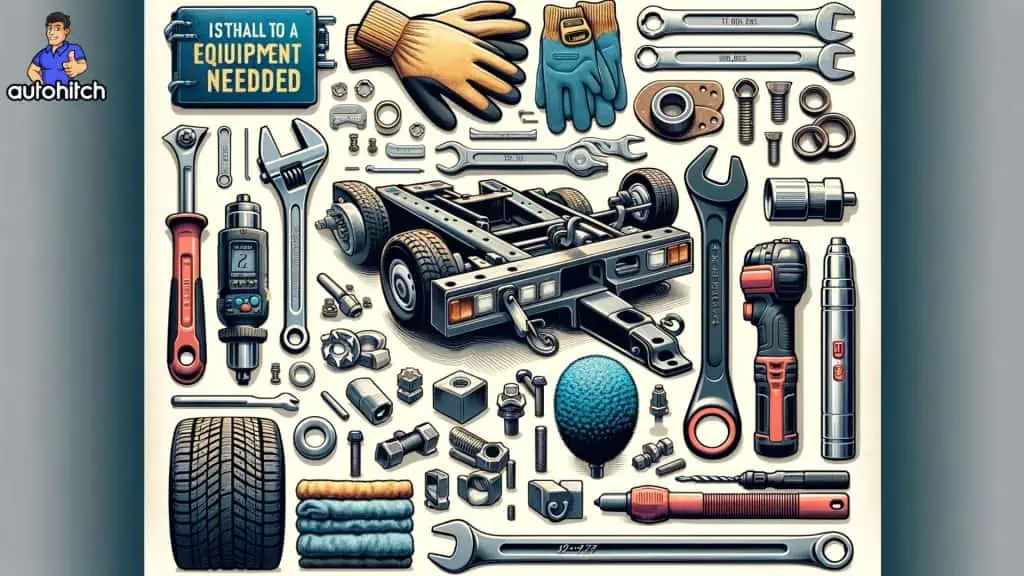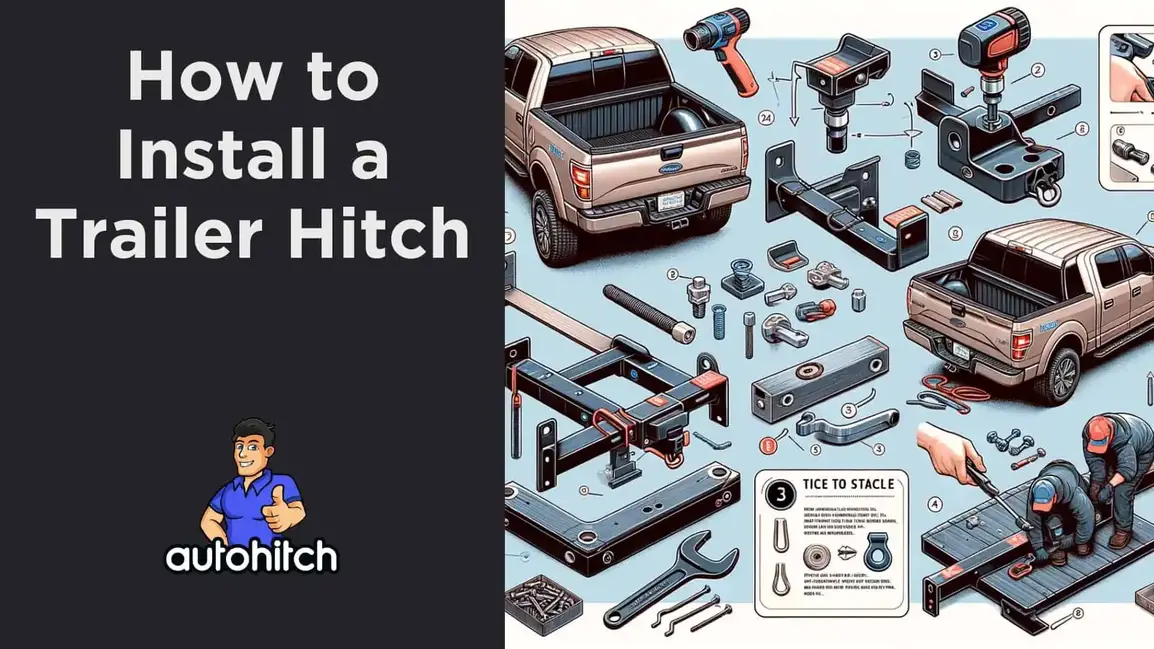

As a long-time truck owner and frequent trailer hauler, installing a tow hitch was one of the most useful projects I’ve done.
While professional installation is an option, I found that with a few tools, some perseverance, and this handy guide, DIY hitch installation can be simple.

A smooth install starts with the right gear. While requirements vary between hitch types and vehicles, here are the basics I used:
Pro Tip: Don’t forget the instruction manual! I reference mine repeatedly since bolt torque specs and hardware can vary.
Here are the steps for a DIY installation of a trailer hitch:
You’ll need a trailer hitch [1, ], hitch ball mount, wiring harness kit, torque wrench, sockets, ratchet, safety glasses, and jack stands or ramps.
Park the vehicle on a level surface and apply the parking brake. Use jack stands or ramps to gain access underneath.
Some vehicles require removing components like the rear bumper, exhaust hangers, or trim pieces for hitch installation access.
Consult your vehicle’s service manual or the hitch instructions to identify the correct mounting locations on the frame.
Raise the hitch receiver into position and secure it to the vehicle’s frame using the provided bolts, washers, and nuts. Torque the fasteners to the specified values.
Reattach any components you had to remove, like the bumper, exhaust hangers, or trim pieces.
Route the wiring harness from the hitch receiver to your vehicle’s battery or electrical system, following the instructions.
With the wiring installed, test the trailer light connections using a circuit tester or by temporarily connecting trailer lights.
Secure the hitch ball mount to the receiver tube, tightening it to the recommended torque specification.
Double-check all connections, test the lights again if needed, and you’re ready to tow with your newly installed trailer hitch!
Tackling a trailer hitch installation yourself may seem intimidating, but as long as you choose the correct parts and take precautions, you can save hundreds of dollars. Let me know if any questions pop up along your project!
Disclaimer: This article is meant for general informational purposes only. Proceed at your own risk and consult a professional if unsure. The author and publisher disclaim any liability for injury or damages that result from following these steps.

Steve, a seasoned expert in the automotive industry, formerly held a car dealer license in Florida. With extensive experience spanning across car trading and mechanical work, he founded Autohitch. His mission? To guide both buyers and sellers through the intricate maze of car purchasing, ensuring a seamless and informed experience. Outside of the automotive world, Steve has a passion for fishing and capturing the beauty of nature through photography.